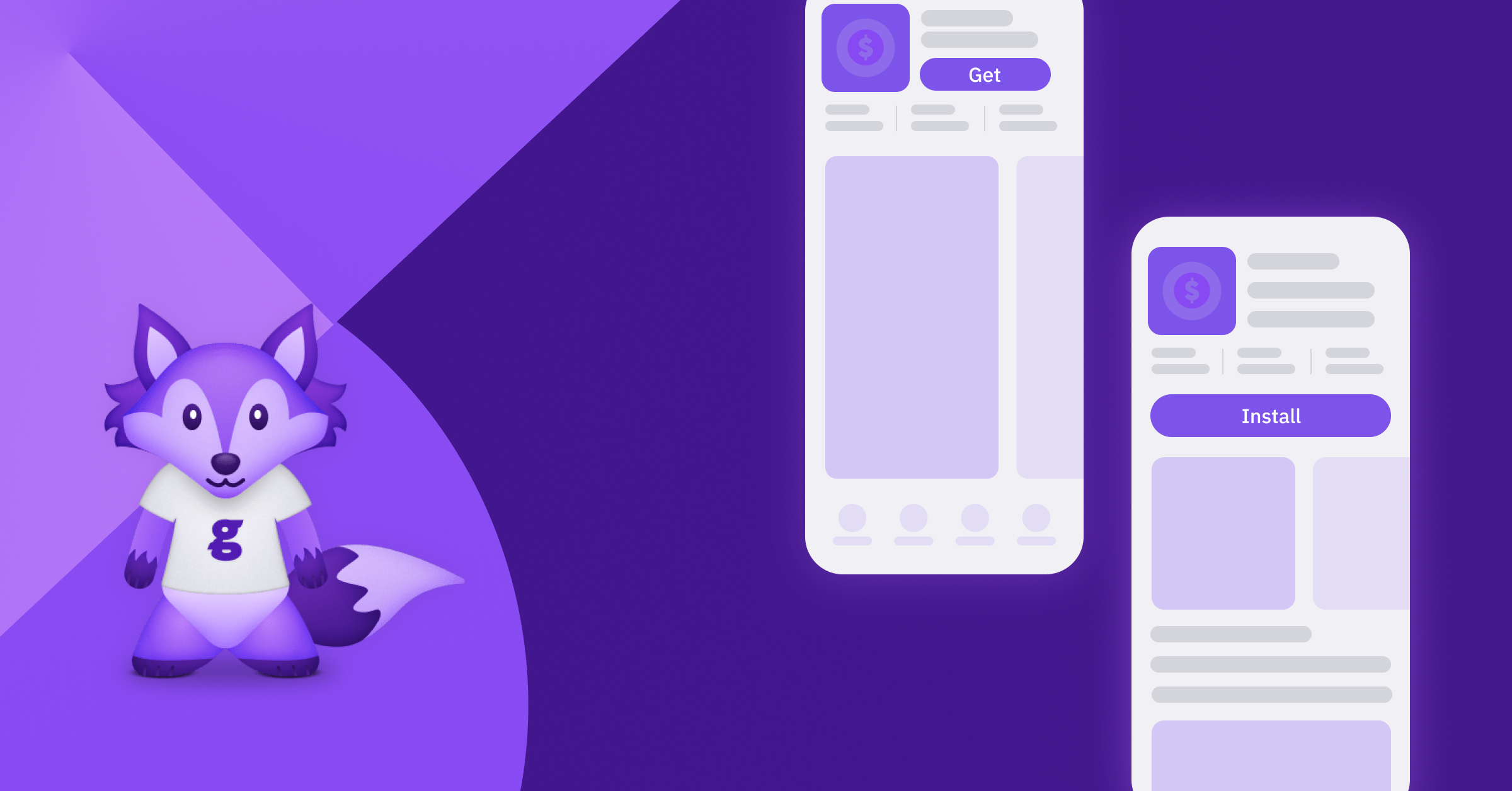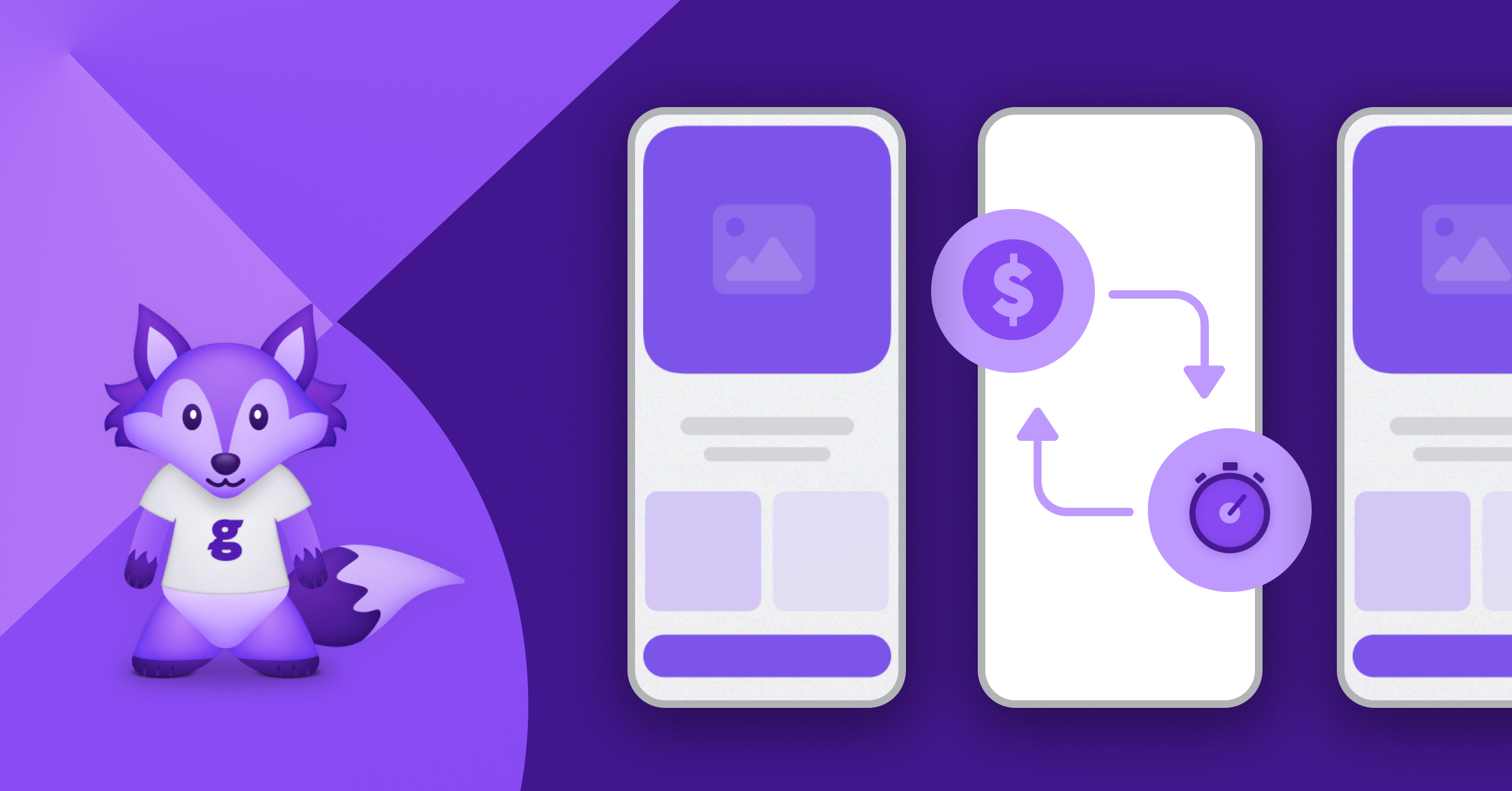Content
Who owns app monetisation? Spoiler alert: It depends on your stage.

Who owns Monetisation for Subscription apps?
70% of the revenue for non-gaming apps was through subscriptions [source]. Subscription is increasingly the most preferred & successful way for non-gaming app developers to generate revenue. Despite subscriptions being such an important tool for app developers & publishers, it’s still vague for apps to have clear subscription & monetisation “owners” within their company.
The answer to the “who owns monetisation” question usually depends on the growth stage of the company. For this let’s break down the growth stages broadly into three categories:
- Traction phase
- Transition phase
- Growth phase

Traction phase
In the initial phase of app growth, app developers along with the core engineering team design their subscription monetization strategy. The key issue that app developers & publishers face in this phase is often a lack of experience in monetization, let alone dedicated resources. Most apps in this phase have small core teams of 2-5 people, are building their first app or just haven’t had the commercial experience yet.
This “monetization team” typically struggles with payment & billing issues, keeping up with how their new cohorts are performing at a granular level, as well as there’s a lack of dedicated focus on optimization for subscription revenue. Majority of the apps choose to leave this part out until later, until they have their acquisition & retention figured out.
In this phase of growth of a subscription app, developers & publishers don’t have the time to continuously experiment with the various elements of monetization. In most cases, the app developers create the subscription model and determine the pricing, features, and duration of the subscriptions. They also handle the billing and payment processing for the subscriptions.
It’s usually the case that a “strategy” is set in place & then never optimized & thus leaves a lot of subscription value on the table.
So what should an app in the traction phase do?
Typically this is why at the early stage it is smart to go with a platform tool like Glassfy where you can have all the tools needed to maximize monetization early on and help you scale to maturity. This helps the core team focus on what’s important in the phase & avoid building their monetization stack from scratch, along with the actual product. App developers can start with basic pricing and offerings, create a couple paywalls to test and see what works and doesn’t work.
Transition Phase
You enter this phase when you can start to predict your acquisition volumes & your recurring revenue with some level of certainty, ideally your subscription conversion metrics also start reaching a predictable range.
You can detect this by holding yourself accountable to a few industry benchmarks, such as trial start rates of ~3-5%. download to paying conversion rate ~2%. This largely varies based on app verticals & benchmarks should be used to make sure you are broadly near the range.
This is the phase where app developers typically struggle with ownership of key monetisation strategies and at the same time find it becoming one of the most critical elements to grow.
Typically, after some field interviews & research most folks identified 3 potential owners of subscription monetisation for apps in this phase of growth:
- Engineering team
- Product team
- Marketing team
The key subscription monetisation opportunities for apps in this phase include paywall optimisation, pricing optimisation, A/B testing, promotional offerings/codes, etc. However, this is also the phase where engineering & product teams have the most important features to build for their growing user base & thus subscription optimisation is one of the items on the roadmap.
What happens when subscription optimisation is on your roadmap but doesn’t have a dedicated owner?
Experiments & actions can become deprioritised and quickly out of the hands of the growth team to get delivery on critical pieces of the growth engine - relying on an engineer to edit a paywall, change an offering, or build a promotional code logic is simply a thing of the past and shouldn’t be a roadblock sophisticated teams who are focusing on growth should hit.
Unless the company has the resources to pull together a dedicated team, there’s a lot of room for testing & optimisation that apps miss in the stage.
We also found that whilst, in some cases there are Growth Marketing managers tasked with this topic, usually their focus area & expertise is acquisition or lifecycle marketing. App developers can empower this role with a simple to use tool like Glassfy. Without a marketer friendly tool, tasks can be capped by technical abilities & there’s a lack of tech setup (remember, engineering teams are busy), as well as lack of quick feedback on experiments - as the foundations of this data are usually not in place.
What should you do when you are in Transition phase?
Invest in a tool like Glassfy that can enable marketers & product teams alike, free-up your engineers to build the core product.
Growth Phase
This is the phase of app growth where the company has an established growth engine in place with some clear owners of subscription monetisation. The status quo for apps in this phase is having a Growth Product team focussed on revenue growth. Typically, in this phase the growth team is leading the roadmap typically prioritising features that can impact user growth. Revenue growth in terms of paywall testing, price testing is only a luxury few of the top subscription apps can afford.
Most apps also have vague definitions on who is optimising for revenue. Marketing teams are tasked with this via promotions & CRM, whereas product teams are invested in feature building & optimising current app experiences. As the ownership is in some way shared b/w these teams, there’s usually a disconnect between product & marketing teams who both are significantly driving revenue at this stage.
This leads teams to operate blindly or slowly due to the lack of accessibility to realtime data, as well as a lack of understanding what is working and not working. That can mean that a growing app misses out on campaigns or strategies that are working as well as a lack of accountability internally on what/who is driving the business forward. There usually is a lack of data unification for subscriptions as well as a lack of cohesive effort to drive subscription revenue.
At this stage (and ideally before) you are thinking about how you are going to bring together all of these components of your monetisation engine into one meaningful structure. We will soon write about about what that tooling stack looks like (you can stay up to date here on our blog here) but what we know for sure if that at this stage a single person(s) should be owning the understanding of the full growth stack of tooling from what offerings are shown to users to how do we best evaluate what is performing or not (and feeding those learnings back into your growth engine.)
Apps in this phase of growth can benefit significantly from a tool that stretches across product, engineering & marketing teams to provide with:
- Unified user data on subscriptions - both for targeting via marketing as well as to better understand subscription metrics. Having a single source of truth on subscription in this stage is critical for scalable success.
- Allow teams to be flexible with testing & going live with experiments that typically involve cross functional ideas.
- Easily integrated solution that requires very little effort from the core engineering team to implement & no time is required to debug any payment or billing issues.
So who owns monetisation if you add Glassfy to your tech-stack?
In conclusion, apps at each stage of growth have real problems that can be majorly tackled with a flexible & scalable solution that allows engineers to have peace of mind on clean data that other teams are working with, without having the headache of maintaining the systems.
The powerhouse teams typically should be cross functional across product & marketing teams. Product teams should be able to understand & feed into the process with their understanding of users & problems while a growth marketer tackles experimentation & key operational aspects of a subscription monetisation team. Luckily in a tool like Glassfy, all of these members of the team can simultaneously live within the same platform to manage these processes.
Read More




